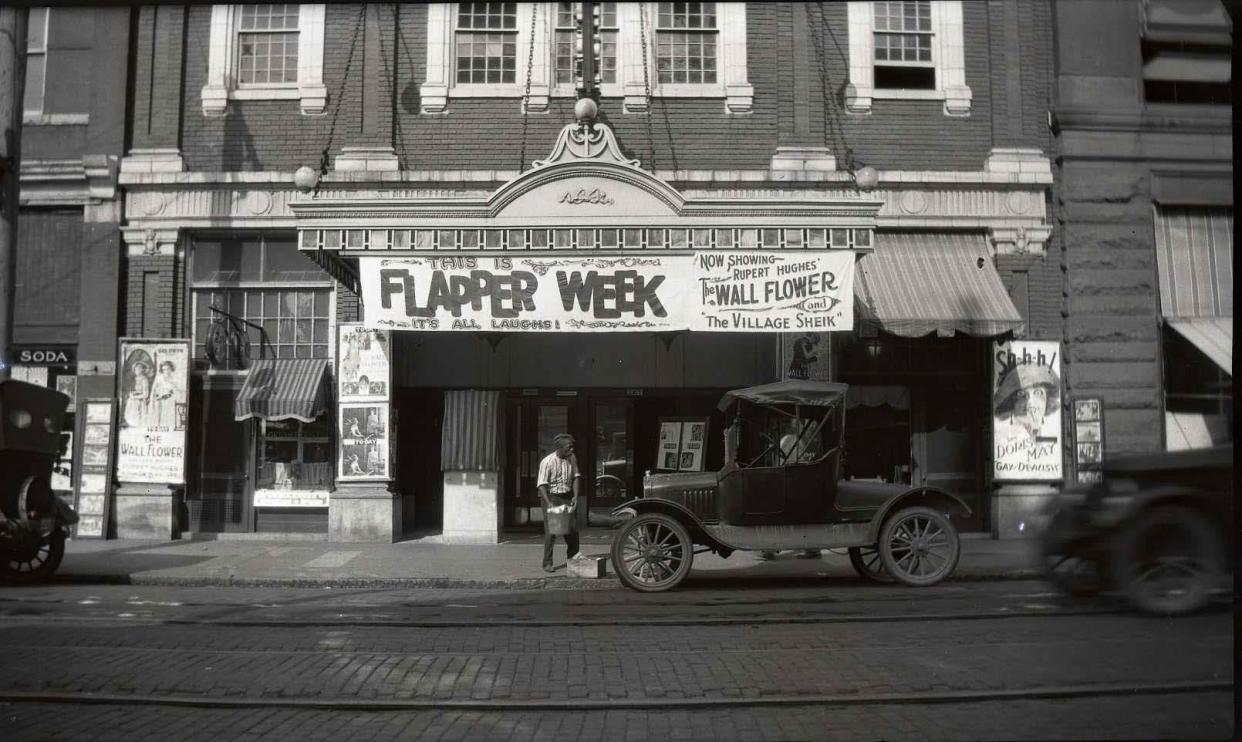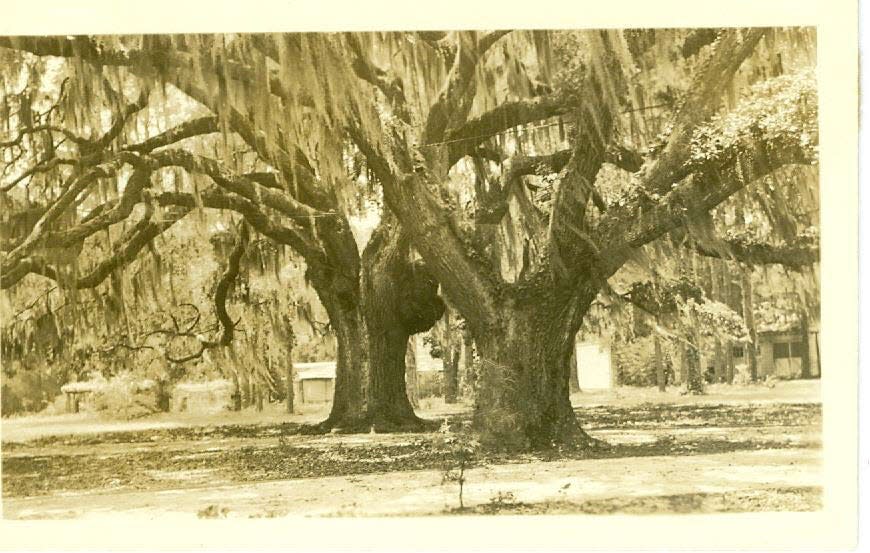In a time before Tesla, electric cars rambled very slowly along Wilmington's roads

These days, it's commonplace to see electric vehicles on the streets of Wilmington.
What's less known is that a century ago, primitive versions of electric cars were making their way, very slowly, through the roads of the city.
Wilmington native John Hicks, 90, is a lifelong Port City resident who grew up on 15th Street. He spent most of his career with the Glasgow Hicks Insurance Agency, which was founded by his father in 1924 and which John Hicks ran with his brother, Glasgow Hicks Jr., who died in 1999.
Back in the 1960s, though, Hicks and his brother made a foray into real estate as the first developers to sell lots in the area known as Shandy Point, on Greenville Sound off Greenville Loop Road. The area proved popular for home-buyers.
"We sold the first lot for $10,000," Hicks said. "The last one we sold went for $50,000."
While working on that project, Hicks said, he got a glimpse of the electric car's history in Wilmington, one that seemed quaint even in the 1960s when electric vehicles on the roads had become all but non-existent.

Worship in Wilmington: Here are 10 of the oldest churches serving the area
More: Legacy Architectural Salvage in Wilmington preserves history, one window and door at a time
Hicks said he was cleaning out a carriage house that was on the property at 2609 Shandy Lane. Known as Tannahill and distinguished by its stately white columns, the house, one of the only ones in that area at the time, was built in 1914 as a summer home for Wilmington's Sprunt family, which used to own one of the biggest cotton exporting businesses in the nation. (Some of its buildings still exist as The Cotton Exchange shopping center.)
While going through old papers stored in the carriage house, some correspondence from the 1920s caught Hicks' eye. It was from a "Willie" Sprunt, possibly William Hutchinson Sprunt Jr., who was born in 1892 and whose father was a senior partner in the Sprunt cotton company.
Sprunt was writing to an electric car manufacturer to ask whether he could use his car's battery to power lights in his home. The Greenville Sound area of Wilmington did not have electricity at the time, Hicks said, and wouldn't get it until the trolley to Wrightsville Beach was built in the mid-1930s.
In the letter he read, Hicks said, Sprunt explained that during the summer, when he stayed at Tannahill, he would drive the car to the Sprunt company offices downtown each morning. There he would charge the battery, driving back to Greenville Sound after work. He wanted to know he could use the car battery to run electric lights at the home there and if so, would it leave him enough charge to get his car back downtown.
Electric cars in those days could only go about 25 miles per hour, and roads outside of downtown were mostly dirt. Hicks, who lives on Shandy Lane, estimates that "it took almost an hour to get from here into town at that day."
Included with the letter he saw, Hicks said, was return correspondence from the company telling Sprunt he should be fine to run his electric lights with the car battery. (Interestingly, some 100 years later, some people are using the newer car batteries to power their homes.)
Hicks no longer has the letter and said he can't remember what kind of car it was or the name of the manufacturer. But the memory has stayed with him, in part because it's such an unusual story.
It also hearkens back to a time when electric and even steam-powered cars outnumbered cars that burned gas, and when cars of any kind were mostly luxury items for the rich, which the Sprunt family certainly was.
And it's a reminder of the history of the Greenville Sound area of Wilmington, which has been inhabited since the 1700s. A house called Shandy Hall dating to the 1800s, built on the site of a previous house that burned, was torn down in 2021.
This article originally appeared on Wilmington StarNews: Electric cars in Wilmington NC now and in the 1920s

